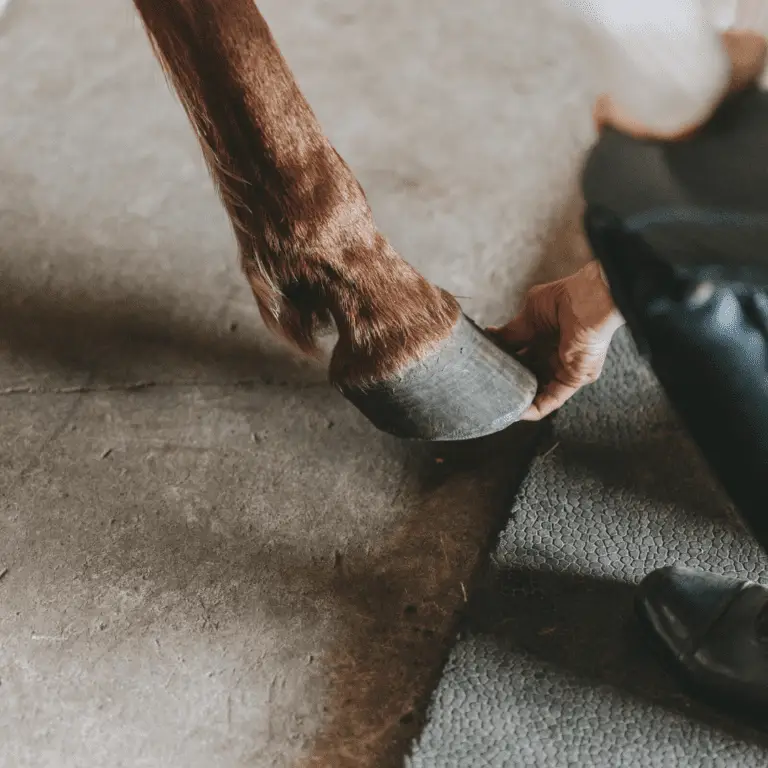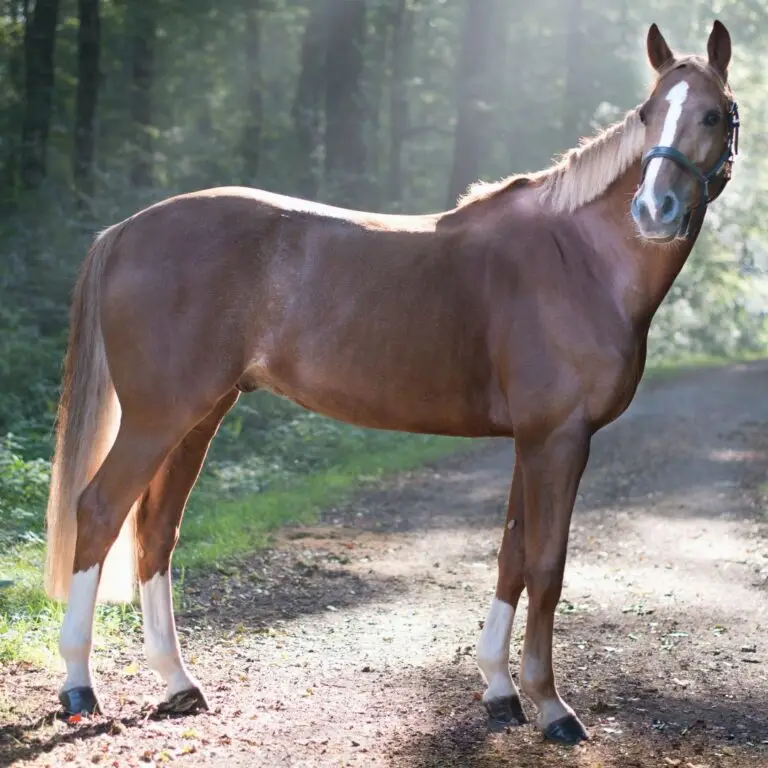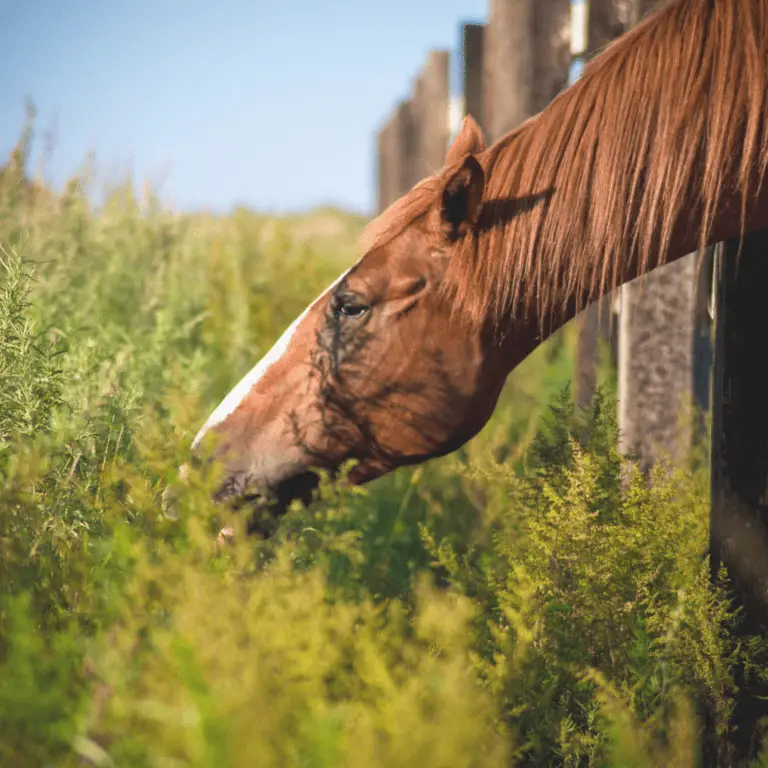
Horses With Asthma – Possible Symptoms and What to Do
Equine asthma, also known as “heaves” or chronic obstructive bronchitis, is a common condition in horses. It is a chronic respiratory disease caused by inflammation of the airways. Symptoms of Equine Asthma: Horses with asthma show a variety of symptoms








